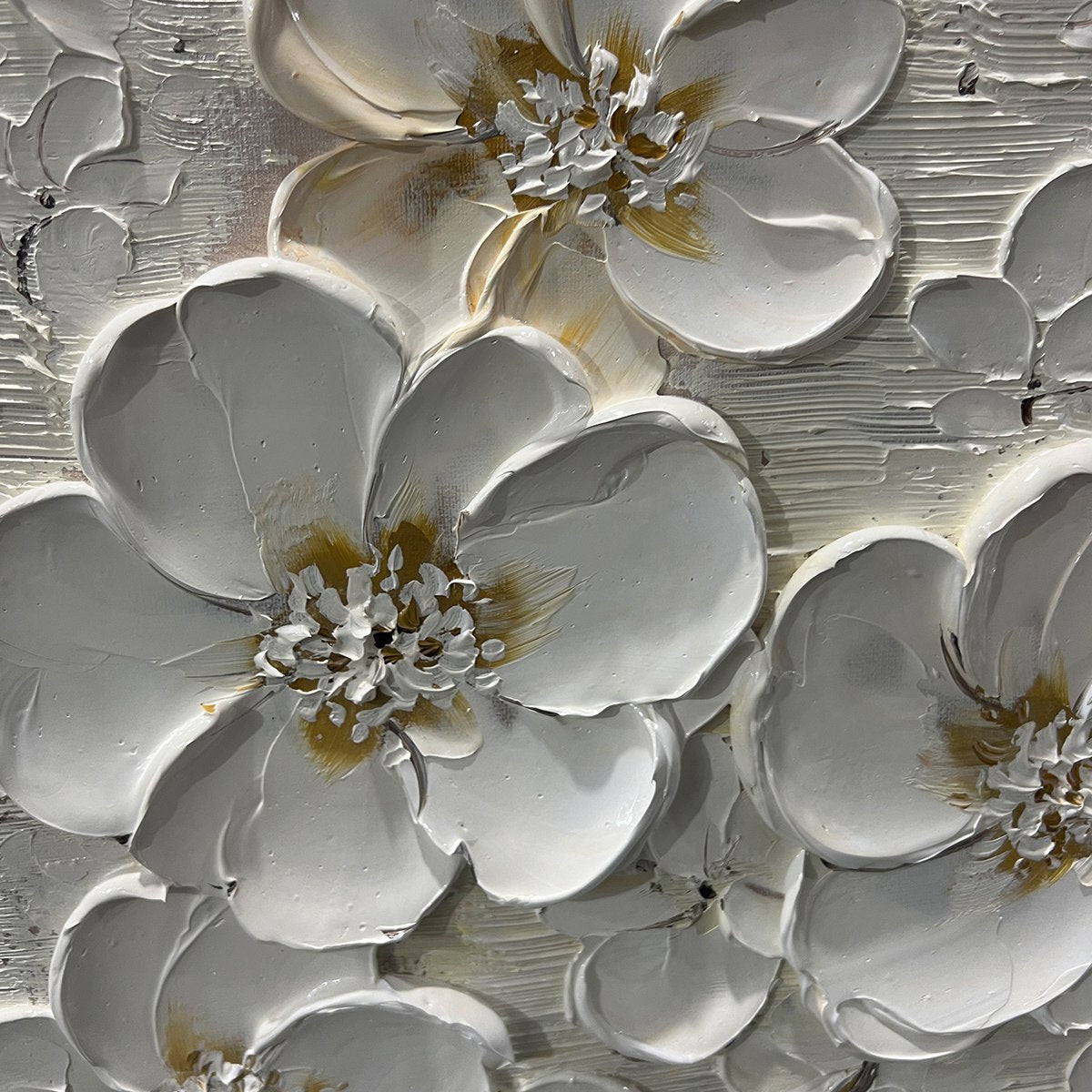Unveiling the Bold Strokes: Discover the Alluring World of Impasto Painting!
Impasto painting is a captivating technique that involves the thick application of paint, creating a dramatic texture that invites viewers to engage with the artwork on a tactile level. This method, characterized by its bold strokes and expressive layering, has intrigued artists and art lovers alike for centuries. The allure of impasto lies in its ability to convey emotions and depth, making each piece a unique experience. In this article, we will delve into the fascinating history of impasto paintings, explore its various styles, and highlight some of the most renowned artists who have embraced this technique, ultimately shedding light on why it continues to captivate audiences around the globe.

Understanding Impasto Painting
At its core, impasto painting is defined by the application of paint in thick layers, resulting in a three-dimensional effect on the canvas. This technique stands out from traditional painting methods, where paint is often applied in smooth, even strokes. The visual effects created by impasto are striking; light interacts with the raised surfaces, casting shadows and creating a sense of movement. Artists can manipulate the texture to convey emotions, emphasize certain elements, or evoke a specific atmosphere. The unique quality of impasto allows for a dynamic interplay between color and form, making it a beloved choice for those looking to infuse their work with energy and emotion.
The History of Impasto Painting
The origins of impasto painting can be traced back to the Renaissance, a period that celebrated innovation in art techniques. However, it was not until the Baroque and Romantic movements that impasto began to gain prominence as a distinct style. Artists like Rembrandt and Turner utilized the technique to enhance the richness of their landscapes and portraits. Moving into the 19th century, the Impressionists, particularly Vincent van Gogh, further popularized impasto, using thick paint to create vibrant, swirling skies and textured fields. The 20th century saw a resurgence of impasto in modern art, with Abstract Expressionists such as Jackson Pollock employing the technique to add physicality to their canvases. This evolution illustrates how impasto has continually adapted to reflect the changing landscape of art history.
Styles of Impasto Painting
Within the realm of impasto painting, various styles and approaches have emerged, each reflecting the artist's unique vision and interpretation of the technique. Contemporary artists often experiment with impasto, blending it with mixed media and digital elements. Some artists apply paint directly from the tube, creating bold, sculptural effects, while others may use palette knives or brushes to manipulate the paint into intricate patterns. Variations in application can lead to diverse outcomes, from thick, textural landscapes to dynamic abstract compositions. This adaptability of impasto allows artists to push the boundaries of traditional painting, resulting in a rich tapestry of styles that continue to evolve today.
Notable Artists Who Use Impasto Technique
Several iconic artists have become synonymous with the impasto technique, each contributing to its legacy in their unique way. Vincent van Gogh, perhaps the most famous proponent of impasto, used thick, expressive brushstrokes to convey his emotional depth, creating masterpieces like "Starry Night" that are instantly recognizable. His use of color and texture transformed the landscape of modern art. Similarly, Jackson Pollock's groundbreaking approach to abstract expressionism involved the use of impasto techniques, where paint was dripped and splattered onto the canvas, creating a sense of movement and spontaneity. Other notable artists, such as Lucian Freud and Jean-Michel Basquiat, have also utilized impasto to bring their visions to life, demonstrating the technique's versatility and enduring appeal across various artistic movements.
Embracing the Depth of Impasto Painting
Impasto painting represents a powerful intersection of technique and emotion in the art world. Its distinctive texture and vibrant colors captivate the viewer, inviting them to explore the intricate details of each piece. As we have seen, the history of impasto is rich and varied, with countless artists leaving their mark through this expressive method. Whether you are an aspiring artist or simply an admirer of art, exploring impasto can deepen your appreciation for the creativity and emotion that permeate these works. So next time you encounter a thickly painted canvas, take a moment to appreciate the bold strokes and the stories they tell.








